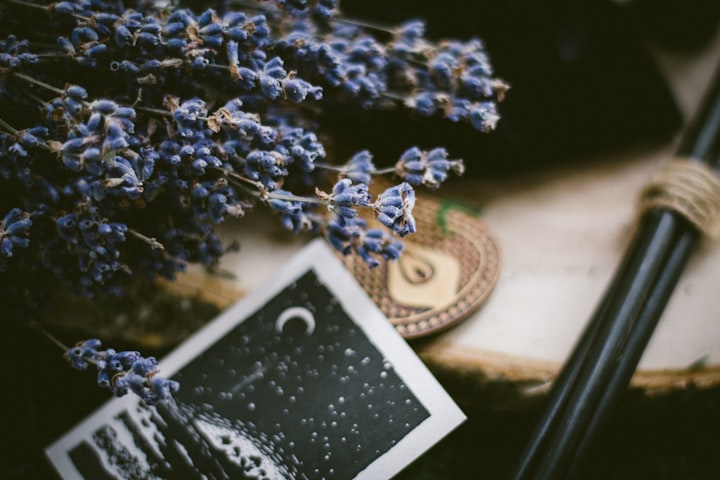Witchcraft in Different Cultures
Witchcraft in Different Cultures: Unveiling the Varied Traditions and Beliefs

Witchcraft, as a trust machine and practice, has been present in a number cultures round the world throughout history. While the specifics of witchcraft range radically from one tradition to another, there are captivating similarities and variations that supply insight into the diverse approaches in which witchcraft has been understood and practiced.
European Witchcraft:
European witchcraft, specifically for the duration of the Middle Ages and the Early Modern period, is perhaps the most well-known and extensively studied shape of witchcraft. The witch hunts and trials of this generation left a lasting impact on European history.
European witchcraft was often associated with the worship of pagan deities, the use of natural remedies, and the casting of spells and charms. It was believed that witches made pacts with the Devil and ought to cause harm through curses and malevolent magic.
African Witchcraft:
Witchcraft in Africa encompasses a broad vary of beliefs and practices that vary throughout different regions and ethnic groups. African witchcraft frequently intertwines with ordinary religions and spiritual practices.
In many African societies, witches are believed to possess supernatural powers and can use them for each proper and evil purposes. Witch docs or common healers often play a central position in mediating between the physical and religious realms.
Native American Witchcraft:
Native American tribes have their personal special standards of witchcraft and magic. Witchcraft used to be frequently closely tied to non secular beliefs and the natural world.
Shamans and medication men/women have been viewed as the practitioners of witchcraft. They used their knowledge of herbs, rituals, and religious practices to heal, talk with spirits, and protect their communities.
Asian Witchcraft:
Witchcraft in Asia is diverse, reflecting the cultural and non secular traditions of exclusive countries in the region. Practices such as shamanism, Taoism, and Buddhism influenced Asian witchcraft beliefs.
In international locations like China, Korea, and Japan, witchcraft was once regularly associated with sorcery, divination, and the manipulation of herbal forces. Witches were believed to possess magical powers and could perform rituals to carry appropriate fortune or cast curses.
Indigenous Witchcraft:
Indigenous cultures global have their own special types of witchcraft that are deeply rooted in their spiritual traditions and connection to the land.
Indigenous witchcraft regularly emphasizes concord with nature, the use of natural remedies, and conversation with ancestors and spirits. It is considered as a way to keep balance, shield communities, and are looking for preparation from the spiritual realm.
These are just a few examples of the various cultural expressions of witchcraft round the world. Exploring witchcraft in distinctive cultures affords a broader understanding of the human fascination with the supernatural, the complexities of belief systems, and the approaches in which human beings have sought to join with unseen forces in the course of history.
About the Creator
Yulianto Arif
I am an article writer and content creator on youtube short, as well as a thesis writer in my country.






Comments
There are no comments for this story
Be the first to respond and start the conversation.